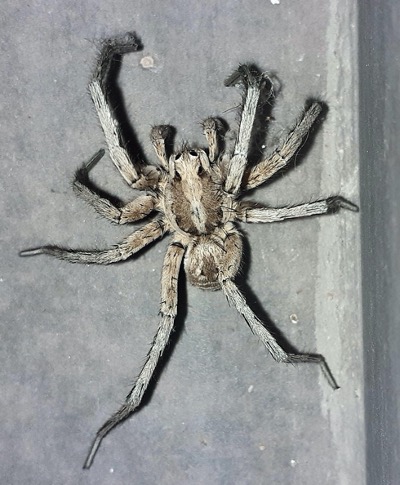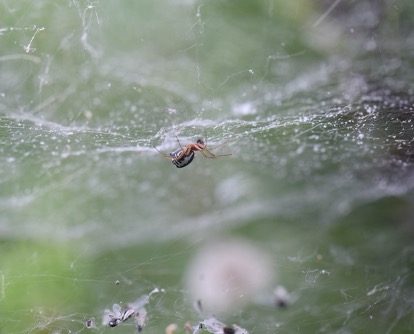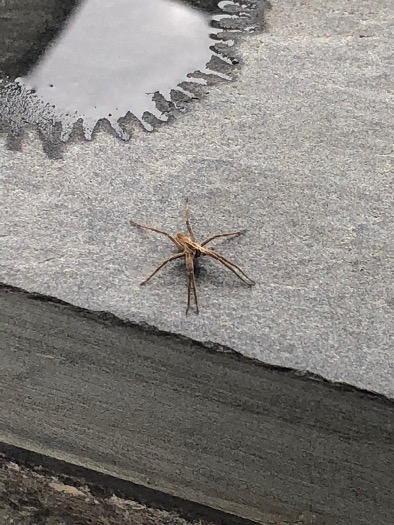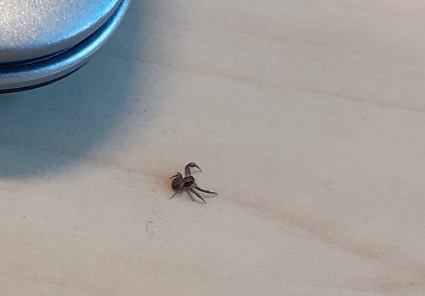For those of us who love the animal world, arachnids are an extremely interesting group. More than 65,000 different types of arachnids are known, including mites, scorpions, opiliones, ticks, solifuges and spiders. This group has been on earth for a long time, with the oldest known arachnid fossil dating back some 420 million years.
Spiders
More than 45,000 different types of spiders are known. They are one of the most abundant groups of predators in terrestrial ecosystems. They feed on live prey, usually insects, and therefore play an important role in pest control.
The major difference with insects is that spiders have 4 pairs of walking legs and may have 0 to 12 simple eyes in two rows on the front of the head.
Most species are solitary, nocturnal and hunting spiders. All have silk, although not all of them use it to make webs to capture prey. Only a few of the thousands of spiders are considered dangerous to humans.
Types of arachnids in Distrito Telefónica
Here is a small photographic sample of the species I have been able to observe in the Telephone District. Their exact classification is complex, but here are at least the types or families they represent.
- Philodromidae spiders with the second pair of legs longer than the rest of the pairs of legs.
- Araneids spiders that build circular webs. They have broad bodies and stout legs. Araneus diademalus
- Tomisidae: wide-bodied, crab-shaped spiders. They can walk sideways and some are usually brightly coloured.
- Linifids: spiders that build their webs in a rectangular shape like a mattress.
- Pisaurids: spiders that usually join the first two pairs of legs together as shown in the photo. Pisaura mirabilis
- Pholcids: spiders that spin open webs with randomly arranged threads. They have long, slender legs.
- Lycosids: known as wolf spiders. They usually hide under stones or rocks, in cracks in the ground or in galleries. They do not use webs to capture their prey, but they do use them to cover the galleries where they live.







(Cover photo by Roberto Valentín and post photos by Álvaro Martín)










